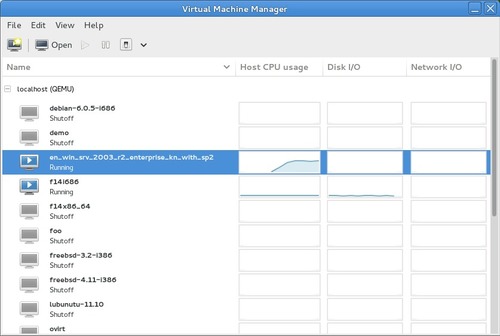
If you need help at any time, you may consult this guide: Start your virtual machine now and choose the Ubuntu image your downloaded earlier as your startup disk.Ĭhoose "Try or install Ubuntu" and simply follow the normal Ubuntu installation flow, choosing the settings you deem adequate. System > Display: Increase video memory to 128 MB, enable 3D acceleration.System > Processor: Set CPU cores to half of your available cores.Then apply the optimal settings described next.Īttention: These are no hard-written rules, so take them with a grain of salt and feel free to adapt to your own needs. The main advantage of dynamic allocation is that on your host OS only the actual space used by the VM will be used, whereas with fixed allocation, the amount of space you choose will be taken immediately.įixed allocation can have a performance benefit, however, in most cases you will not notice the difference at all.īefore you move on to the next step, choose "Settings".

:max_bytes(150000):strip_icc()/010_run-ubuntu-within-windows-virtualbox-2202098-5a8c6f00015640fe9c0aa8a8d983cfcb.jpg)

In my case, I went with dynamically allocated 100 GB. The latter is a bit more complicated to change later on than for example the available RAM, so best go with a value that will be enough for quite a while. Unless you know what you are doing, choose "VDI (VirtualBox Disk Image)" as the hard disk file type and decide, how much space you would like to allocate to your virtual machine. In the next window, confirm the directory where your VM file is going to be stored. When you are done, click the "Create" button. This is a value you can change easily later on, so don't worry about it too much. As a minimum, I'd recommend you go with 2 GB. In my case, I went with 4 GB, although less should easily do in most cases. iso file is over 3 GB in size, so depending on your connection, this step may take a while.Įnable Expert Mode, give your VM a name, choose "Linux" as type and indicate, which version of Linux you will be using.Īlso, make sure to allocate your VM enough memory. The Ubuntu version used in this guide is going to be 22.04 LTS, however, the process should look pretty much identical for other versions of Ubuntu.ĭownload the VirtualBox platform packages for Windows hosts on this page and then simply install the software on your computer.ĭownload an Ubuntu image, in this case Ubuntu 22.04 LTS. In this post, I will show you how to create an Ubuntu VM ( virtual machine) on Windows 11, using VirtualBox.


 0 kommentar(er)
0 kommentar(er)
